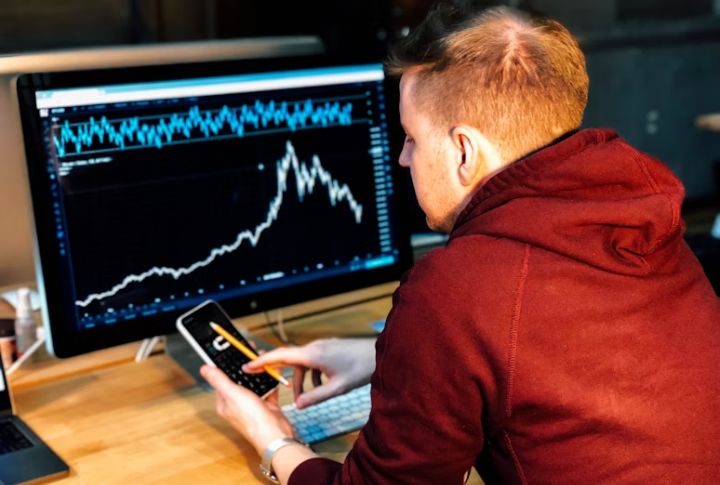
Every investment carries some risk, but some threats come from inside a company or industry itself. These unique risks don’t move with the overall market but can still seriously impact your portfolio. Understanding these specific challenges helps investors protect their money and spot opportunities others might miss. Keep reading to learn more about these hidden risks and how to manage them effectively.
What Is Idiosyncratic Risk?

Idiosyncratic risk, also known as unsystematic or specific risk, arises when losses affect a particular asset, company, or sector due to internal factors. These risks are unique and separate from the broader market influences that impact all investments.
Business Risk: When Competition Changes The Game

Business risk, part of idiosyncratic risk, stems from market share battles and competitive dynamics. Blockbuster’s decline after ignoring streaming trends is a clear example. Fun fact: In 2000, Netflix proposed a $50 million sale to Blockbuster—an offer they declined.
Operational Risk: When Day-To-Day Processes Fail

While often temporary, these types of disruptions can significantly affect a company’s efficiency and bottom line. Operational risk stems from breakdowns in routine processes, which include issues like power failures, system malfunctions, lack of manpower due to holidays, and human errors.
Financial Risk: Trouble In The Balance Sheet

Remember Evergrande in 2021? Its stock tanked, but other sectors stayed calm. Financial risk isn’t just about owing money; it’s what happens when budgets go bad, cash runs low, or debt piles up. That’s when credit ratings drop and stocks get jumpy.
Legal Troubles: Lawsuits And Regulatory Challenges

When regulatory shifts or lawsuits hit, they can spark severe idiosyncratic risk. For example, Purdue Pharma’s opioid cases devastated its value. More recently, in 2023, patent litigation erased a majority of one company’s market capitalization, showing how legal trouble can be financially crippling.
Sector-Specific Risks: Industry Shocks And Their Effects

Idiosyncratic risk can also target specific sectors. A coffee bean shortage could disrupt Starbucks yet leave Apple unaffected. In 2014, Brazil’s drought drove coffee prices sharply higher, while technology stocks showed little reaction to the agricultural shock.
Insurance And Idiosyncratic Risk: What’s Covered?

Insurance can help protect against specific operational or legal risks, but doesn’t cover stock market volatility. Many companies rely on captive insurance and hedging tactics to manage these risks. Interestingly, some businesses even take out policies for unlikely events like alien abduction, just to be safe and prepared.
Technology Tools For Managing Idiosyncratic Risk

Fintech platforms now provide tools to visualize and quantify idiosyncratic exposure in portfolios. They utilize risk metrics such as beta and value-at-risk to inform decision-making. Additionally, some apps, like Atom Finance, offer alerts linked to specific idiosyncratic triggers, such as product recalls, for timely risk management.
Diversification To Avoid Losses From Idiosyncratic Risk

Diversification works as a proven shield against idiosyncratic risk, and spreading investments across uncorrelated assets limits the impact of any single holding. According to an MDPI Journal of Risk and Financial Management, a portfolio containing 30–40 stocks can cut unsystematic risk significantly.
Opportunities Within Idiosyncratic Risk

Idiosyncratic risk can open doors for smart investors. Temporary drops caused by company-specific issues sometimes present chances to buy undervalued stocks. Analysts often watch insider buying closely during these times, seeing it as a positive sign that the firm’s prospects could improve after the downturn.
